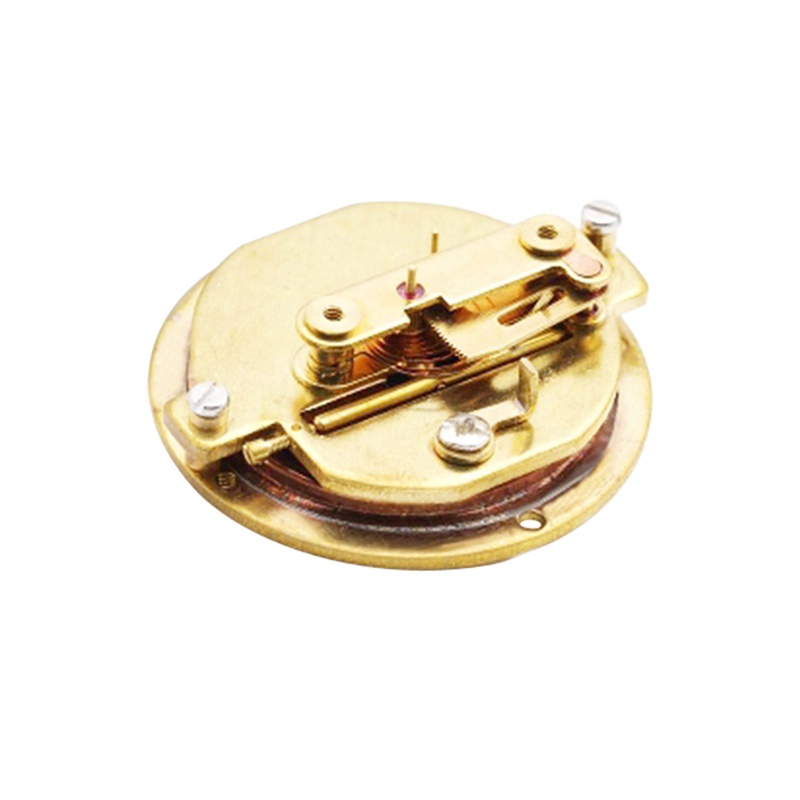
Sep . 19, 2024 03:58 Back to list
differential pressure gauge types
Understanding Differential Pressure Gauge Types
Differential pressure gauges are essential instruments in various industrial applications, measuring the pressure difference between two points in a system. These gauges are crucial in monitoring processes involving liquid, gas, or steam, ensuring optimal operation, safety, and efficiency. In this article, we will explore the types of differential pressure gauges and their applications.
1. Mechanical Differential Pressure Gauges
Mechanical differential pressure gauges operate based on the principles of mechanical movement. They typically use a diaphragm or a bellow to respond to pressure differences. As the pressure varies, the diaphragm deflects, and this movement is translated into a mechanical pointer reading on a dial. These gauges are widely used in applications where hydraulic oils, water, and similar fluids are present.
Mechanical gauges are appreciated for their simplicity and reliability. However, they can be limited by factors such as temperature fluctuations and vibrations, which may affect their accuracy and lifespan.
2. Electrical Differential Pressure Gauges
Electrical differential pressure gauges convert the pressure differences into an electrical signal. Utilizing various sensing technologies such as resistive, capacitive, or piezoelectric elements, these gauges provide precise measurements that can be displayed on digital readouts.
Electrical gauges are advantageous because they can be integrated into automation systems and provide real-time data transmission. They are suitable for critical processes in industries like pharmaceuticals, aerospace, and food processing, where accuracy and reliability are paramount.
differential pressure gauge types

3. Capacitance Differential Pressure Gauges
Capacitance differential pressure gauges are a subtype of electrical gauges. They measure changes in capacitance caused by pressure differentials acting on a diaphragm. This method offers high sensitivity and can detect minute pressure variations.
Industries that require precise measurements, such as semiconductor manufacturing and cleanroom applications, often prefer capacitance-based gauges due to their accuracy and stability in varying environmental conditions.
4. Differential Pressure Transmitters
Differential pressure transmitters are advanced versions that provide not only the pressure differential reading but also transmit the data to control systems. They are equipped with microprocessors that can perform diagnostics and compensate for temperature variations.
These devices are widely used in process control applications across oil and gas, water treatment, and HVAC systems, ensuring that operations are conducted smoothly and efficiently.
Conclusion
Differential pressure gauges play a pivotal role in maintaining efficiency and safety in industrial operations. With various types available—mechanical, electrical, capacitance, and transmitters—each offers unique benefits tailored for specific applications. Understanding the different types of differential pressure gauges is crucial for selecting the right one for your needs, ensuring that processes are not only efficient but also safe and reliable. As industries evolve, the importance of accurate pressure measurement will continue to rise, making these instruments indispensable in modern engineering contexts.
-
High-Precision 5 Valve Manifold Differential Pressure Gauge Suppliers
NewsApr.29,2025
-
High-Precision Diaphragm Vacuum Pressure Gauges Manufacturers & Quotes
NewsApr.29,2025
-
Omega Differential Pressure Gauges High Accuracy & Durability
NewsApr.28,2025
-
Low Pressure Differential Pressure Gauges Precision Solutions & Quotes
NewsApr.28,2025
-
Digital Diaphragm Pressure Gaauge Precision Measurement & OEM Quotes
NewsApr.28,2025
-
Differential Pressure Gauge China Price High-Accuracy & Best Quotes
NewsApr.28,2025
